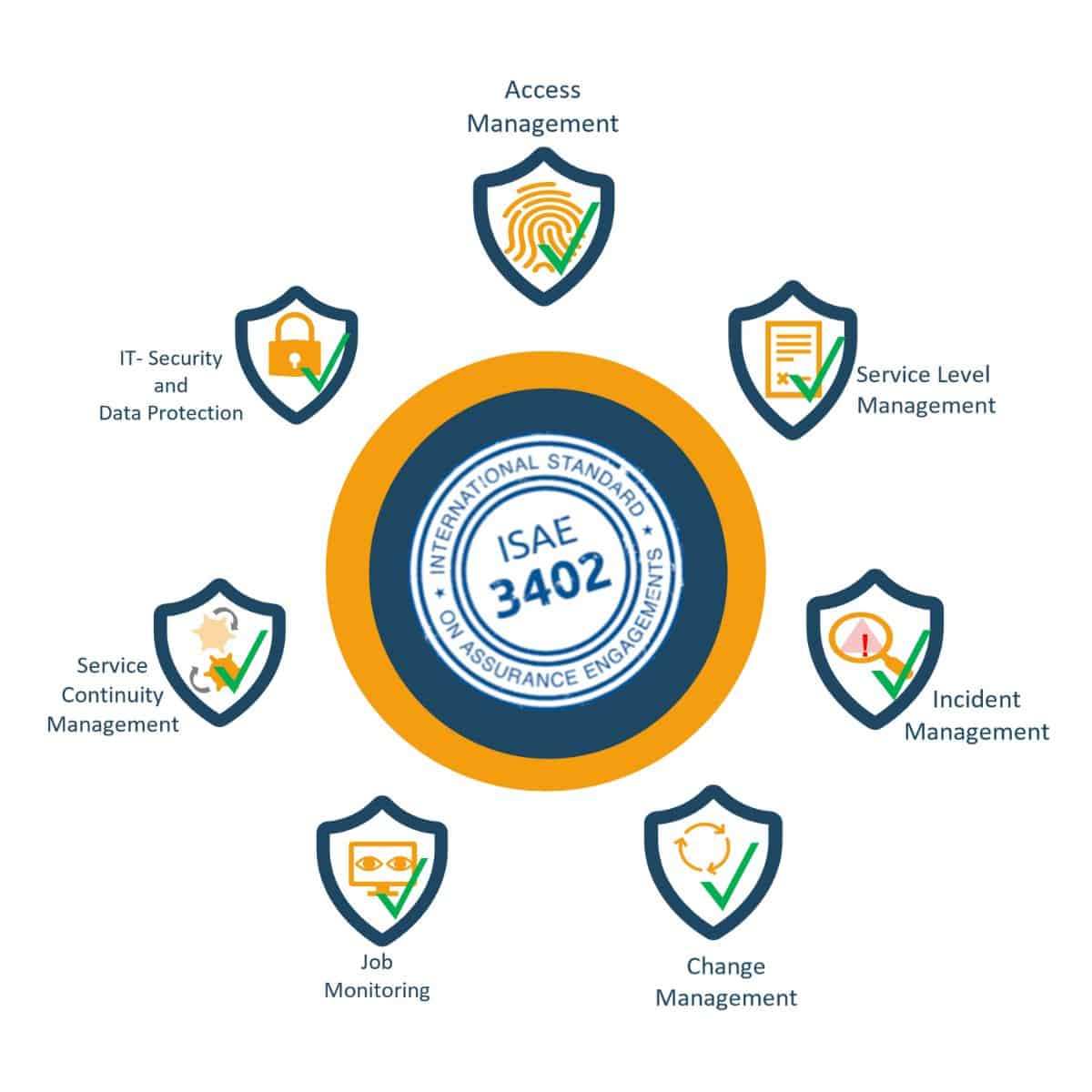Like a compass on the high seas –
The operations management manual in Application Management Services
Some time ago, we provided an insight into application management at one of our long-standing customers. We used an example from the shipping industry: the ship as a bank, the engine room to be maintained as an analytical platform for the overall bank control, the crew on deck is the experienced ADWEKO AMS team and other analogies …
But what ensures that the ship moves in the right direction and can maintain its course?
The compass.
On the high seas, a compass is a key tool for navigation. And so the Operations Management Manual (OMM) is a key document for managing their applications. Compared to a compass, the BFH not only gives a clear orientation of exactly where you are and whether this is the right path, but also contains important information on how to stay on course. There are precise instructions and proven methods, called “best practices“, to maintain and optimize the operation of the system and to overcome problems that may occur during operation.
As long as everything is calm, runs smoothly, and no unforeseen events occur, you don’t necessarily notice the importance of a compass or BFH. Now let’s imagine that a storm is coming. It’s the middle of the night, the waves are crashing and the ground is moving underfoot, making it impossible to walk straight. An unpleasant feeling spreads.
This is more or less the situation when there are significant process delays, recurring errors and, in the worst case, hours of downtime. Only through continuous and effective maintenance of the BFH can unpleasant situations be managed or even prevented.
For this reason, the ADWEKO Application Management Team invests time and effort in the creation as well as the continuous updating of the BFH during operation.
Now there is no patent remedy that works everywhere and at all times. Each financial institution has its own processes, communication channels and different system architectures.
ADWEKO is able to analyze existing systems and processes and identify the most important processes and measures to guarantee reliable operation! This is not only based on many years of experience, but also on the implementation of proven methods for the maintenance of an operations management manual.
The basis for the implementation of an operations management manual at our customer’s site is to collect all information about the financial architecture, affected systems, detailed described process flows as well as expected results. The primary goal is then to quickly create a clear representation of the relationships and dependencies.
This approach enables us to keepregular operations running smoothly and silently. In this way, required key financial figures, risk reports and entire balance sheets are made available to the departments in a timely manner.
In addition to the components already mentioned, emergency management in particular is a core component of the BFH (Incident Management). Defined preventive measures, and instructions on how to deal with them, should ensure that you quickly and safely find your way back to normal operation – the feeling of a nice trip on the high seas without any further disruptive factors. For this reason, answering the following questions is an absolute must-have:
-
- How should the emergency be categorized and prioritized?
- Which criteria are relevant for categorization and prioritization?
- What are the first measures and test steps resulting from this?
- Which people should be contacted?
- How can the emergency be narrowed down?
The first moments and the right handling during this time are of great importance, which is why all necessary information must be described clearly and transparently in the operations management manual.
The importance of compliance, IT and information security in the financial services industry has increased in recent years. This is also how they are taken into account in our concepts. We establish in the BFH quality standards, audit mechanisms and control procedures planned by the legislator and recommended by us. We can provide high quality operations and maintenance by combining sustained compliance with all regulatory frameworks for systems, with our expertise from over 10 years of AMS.
Last but not least, our ISAE 3402 Type II certification allows us to operationally demonstrate in AMS that our service has derived and implemented appropriate control objectives and criteria.
Our experience in financial services projects, in the regulatory environment as well as in the establishment of holistic AMS processes, which is additionally certified by ISAE3402, make us the right partner in application management!
Do not hesitate to contact us and get a team with which you can maneuver safely and reliably in strong currents and chaotic seas.




